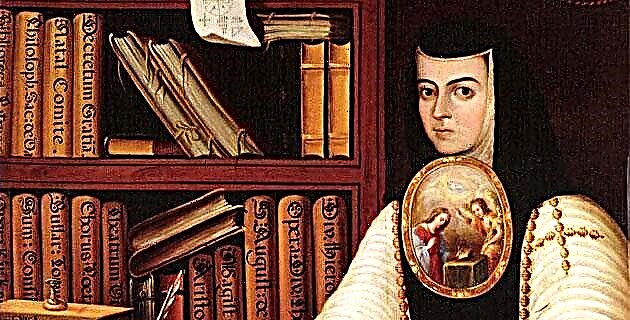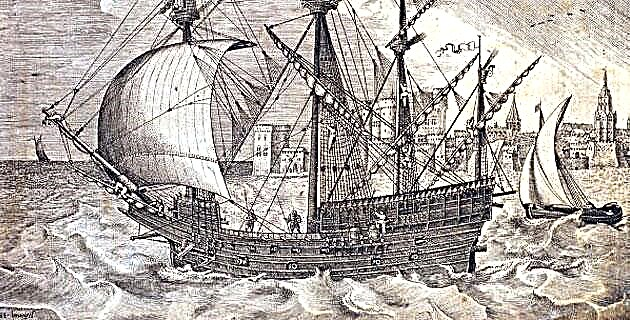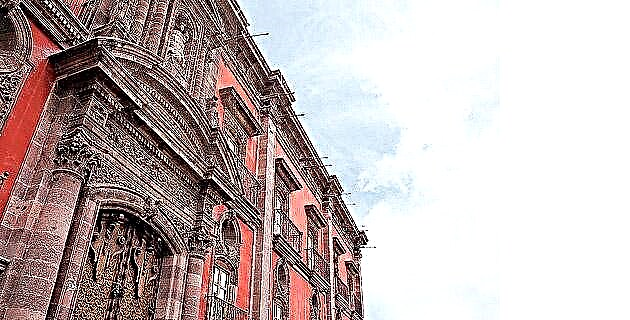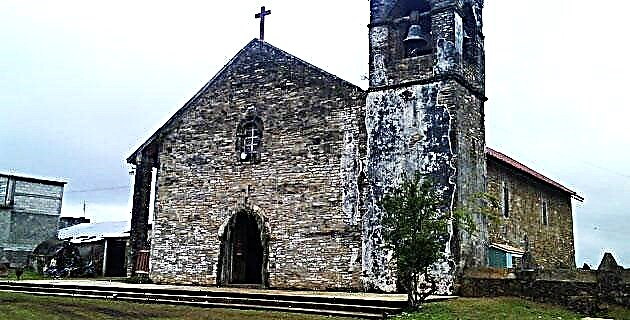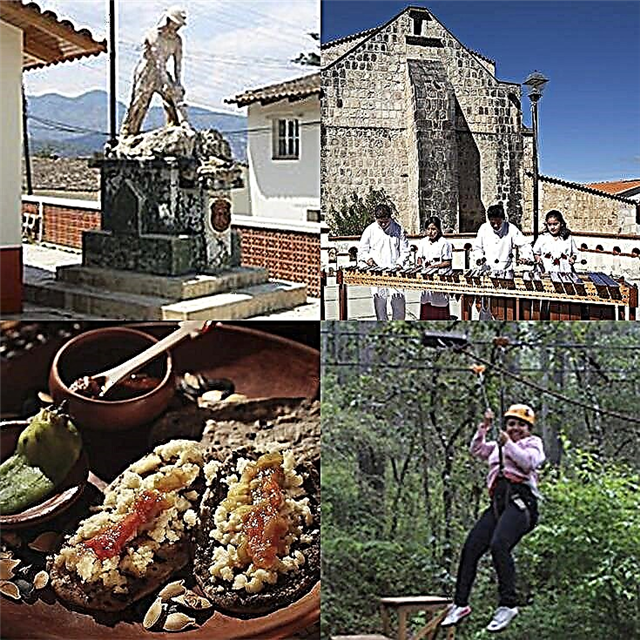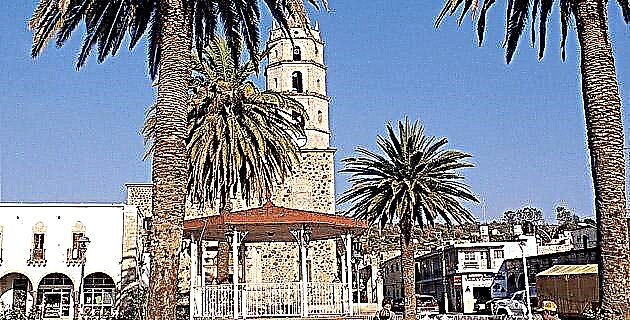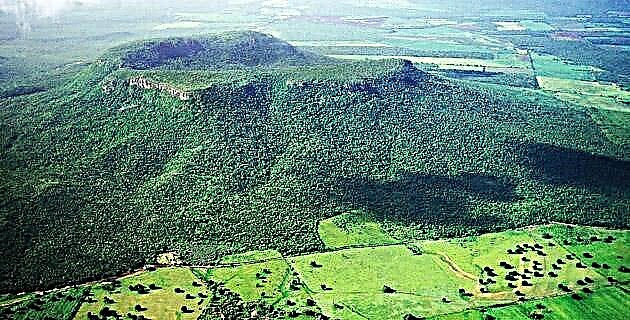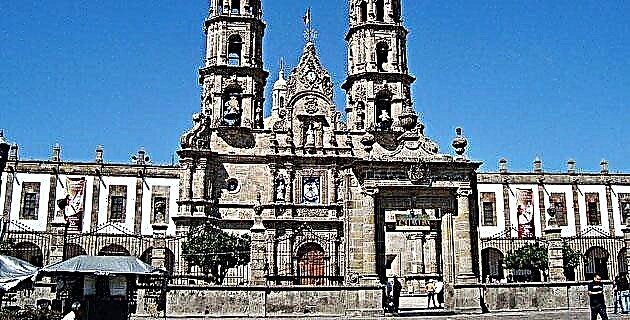
Guadalajara, the capital of that Jalisco that never loses, has a spiritual patron who enshrines that pearl of supremacy: Our Lady of Expectation of Zapopan.
She was appointed General of the Trigarante Army from September 15, 1821, ratified in her military appointment by General Blancarte in 1852 and for the third time in 1894 by Congress and the then governor of Jalisco, Luis del Carmen Curiel. In 1541, when the image had just been delivered to the Indians by Fray Miguel de Bolonia, her merits as a peacemaker were proclaimed in the Mixtón war. He also stood out at the end of the seventeenth century for ridding Guadalajara of one of those devastating epidemics. The image was taken to the Perla Tapatia and as by the effect of a modern antibiotic, the pandemic ceased. This miracle was patented by His Excellency Juan Santiago de León Garabito, bishop of this diocese.
In 1734 she was declared the patron saint of Guadalajara against storms, lightning and epidemics, dating from that date the annual visit that the image practices from June 13 to October 4. The pontiffs will also participate in his honor; in 1919 the Pope granted her the pontifical coronation as Queen of Jalisco and in 1940 S.S. Pius XII adorns his see with the category of Basilica, added to the privileges of that of St. John Lateran in Rome.
The image measures 34 cm and is like its ampona sisters, made of corn stalk paste. His hands are made of wood and his features are rough. Fray Miguel de Bolonia carried this image hanging around his neck or tied to the straps of the saddle. Many images of these characteristics owed their origin to the Franciscan missionaries who established them in hospitals under the invocation of La Concepción or mostly, as we already indicated, under the name of the town to which they were delivered.
Virgin general and patron saint of Guadalajara
Zapopan means between the zapotal (Tzepopan). This image eradicated the cult of Teopilzintli. Its main festivals are December 18, the day of Expectation, January 18 anniversary of the coronation and solemn visits to all the parishes of Guadalajara, from June 13 to October 4.
There are many, as we already said, their parties but the apotheosis, perhaps unequaled in all of Mexico, is the. return of the venerated image to its sanctuary on October 5, after visiting Guadalajara. The city leans materially as it passes and from the Cathedral to the Basilica there is an uninterrupted fence, so that between those who see it pass and those who accompany it on this long journey there are many thousands. The procession is solemn and festive with the participation of the members of the Guard of Our Lady of Zapopan.
As in the past, religious corporations, the faithful of the churches visited and any organization, no matter how diverse its purpose, join the event. The enormous road to Zapopan, made by President Manuel Avila Camacho for this purpose, is insufficient to house the devout human current and the great pilgrimage in which the mariachis mix in unison with the rhythmic sound of the dancers.
The basilica opens its doors to welcome the people who walk towards the mother's house, and its architecture seems to have this meaning. Its peculiar and high flattened towers and the two generous arms of the portal that open to the right and left of the complex, seem to represent the being that it welcomes in the filial embrace.
The architectural work is a worthy example of the Guadalajara modality, built with this clear and marbled quarry that dominates the Atemajac valley, with a profuse but superficial decoration, which reminds us of the shallow depth of Plateresque, but now applied to Baroque at its best little.
The exterior complex is monumental and even more so now that its surroundings have been dignified with a great spatial sense, very much like Guadalajara. The church achieves a good height and the proportion between the towers and the facade is excellent. The decoration is novel and its forms refer us to the regional style as we see it in Santa Anita, Santa Cruz de las Flores, Cajititlán and Analco.
This cover establishes a great contrast with the Franciscan sobriety of the enormous portals of the convent and College of Propaganda Fide that welcomed the missionary hosts that left here for the West. The interior is contrasting, the nave with a Latin cross is small and, being rich and jeweled, the image does not translate this presence to the church, which is always crowded with faithful from Guadalajara.

